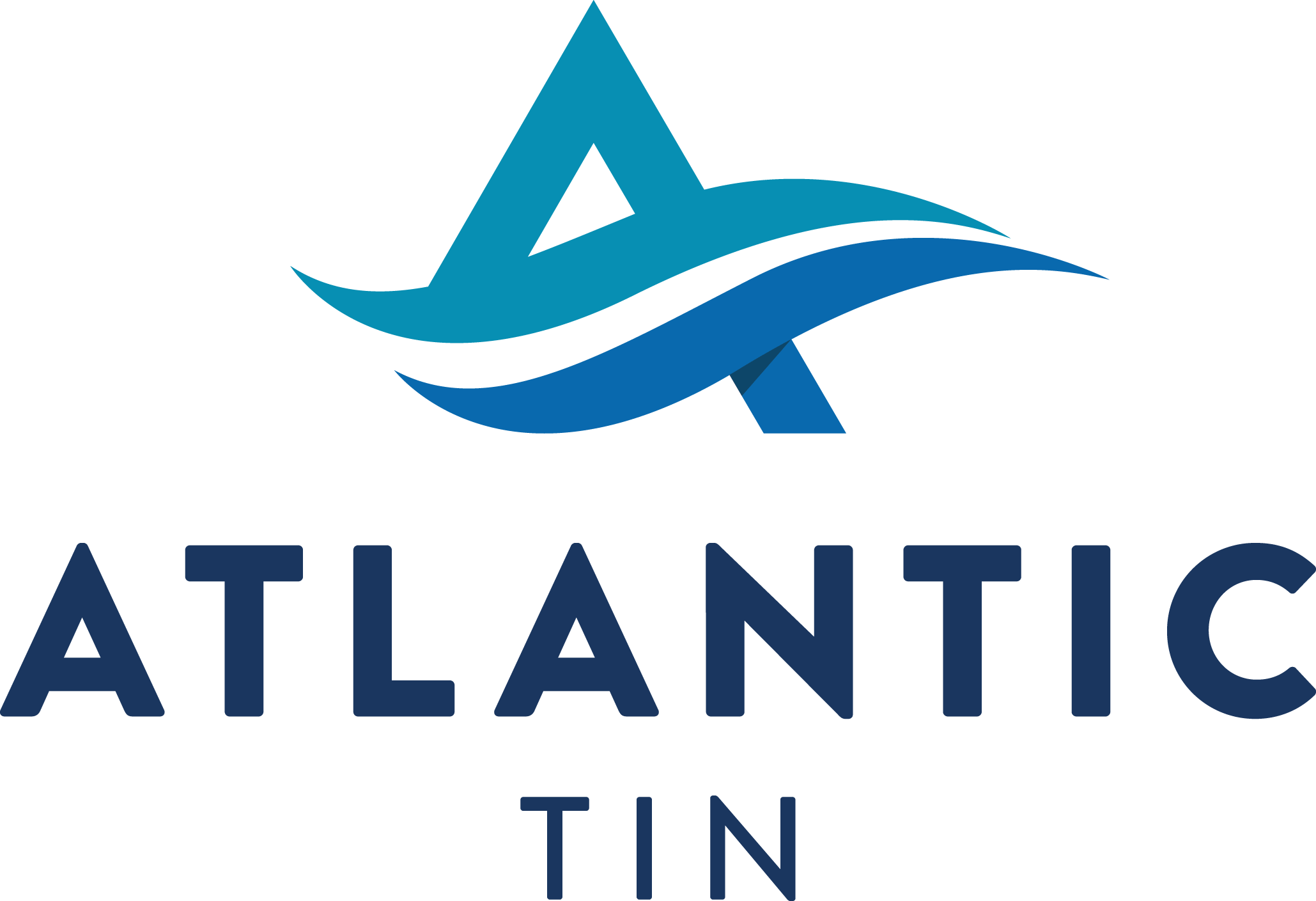
Menu Section Title
- Menu Section List
Strategy
Sub-heading can be edited through HQI

Quick Links
Contact Us
Level 14,
50 Bridge Street,
Sydney NSW 2000
Australia
+61 3 9692 7222
info@atlantictin.com.au
atlantictin.com.au
Email Alerts
Subscribe to our Email Alerts
Email Alerts
Get the latest company news


